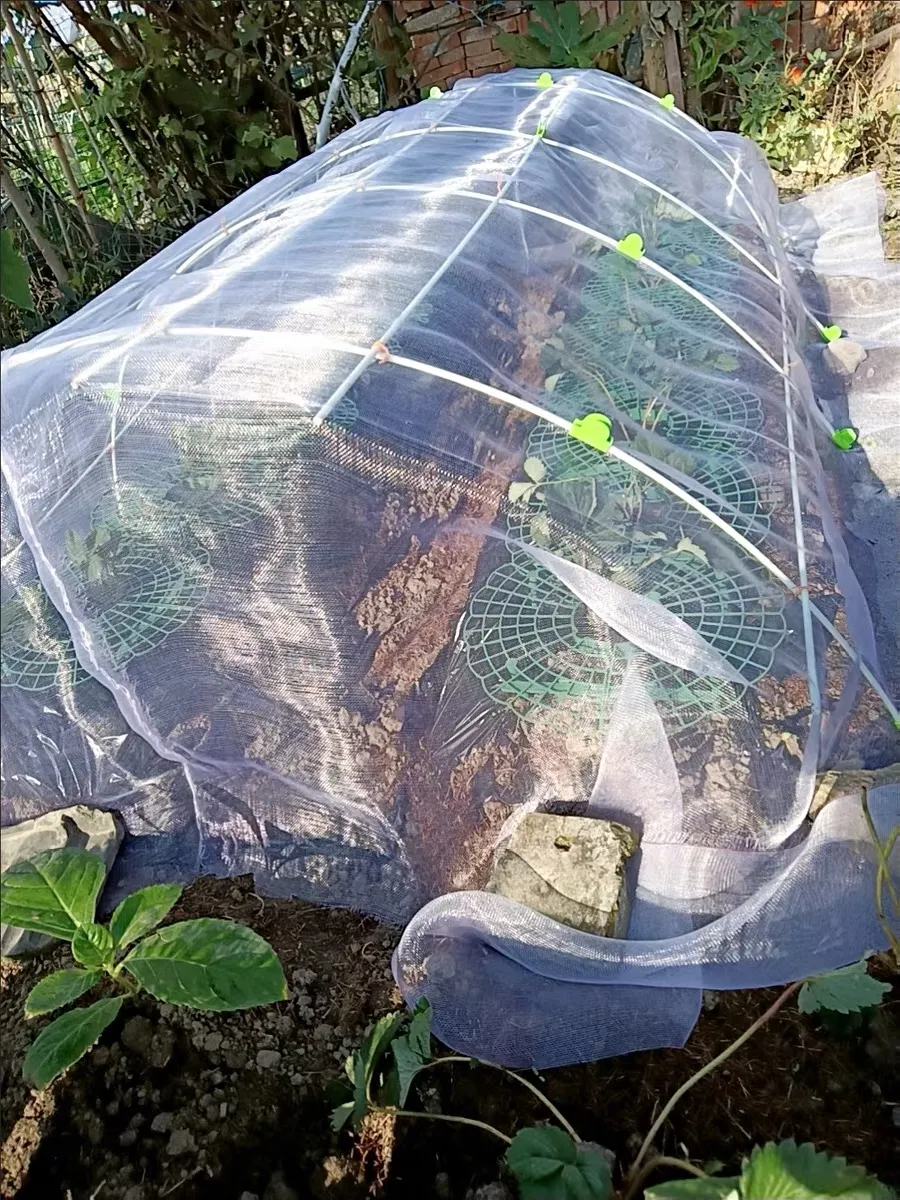-
 Afrikaans
Afrikaans -
 Albanian
Albanian -
 Amharic
Amharic -
 Arabic
Arabic -
 Armenian
Armenian -
 Azerbaijani
Azerbaijani -
 Basque
Basque -
 Belarusian
Belarusian -
 Bengali
Bengali -
 Bosnian
Bosnian -
 Bulgarian
Bulgarian -
 Catalan
Catalan -
 Cebuano
Cebuano -
 China
China -
 Corsican
Corsican -
 Croatian
Croatian -
 Czech
Czech -
 Danish
Danish -
 Dutch
Dutch -
 English
English -
 Esperanto
Esperanto -
 Estonian
Estonian -
 Finnish
Finnish -
 French
French -
 Frisian
Frisian -
 Galician
Galician -
 Georgian
Georgian -
 German
German -
 Greek
Greek -
 Gujarati
Gujarati -
 Haitian Creole
Haitian Creole -
 hausa
hausa -
 hawaiian
hawaiian -
 Hebrew
Hebrew -
 Hindi
Hindi -
 Miao
Miao -
 Hungarian
Hungarian -
 Icelandic
Icelandic -
 igbo
igbo -
 Indonesian
Indonesian -
 irish
irish -
 Italian
Italian -
 Japanese
Japanese -
 Javanese
Javanese -
 Kannada
Kannada -
 kazakh
kazakh -
 Khmer
Khmer -
 Rwandese
Rwandese -
 Korean
Korean -
 Kurdish
Kurdish -
 Kyrgyz
Kyrgyz -
 Lao
Lao -
 Latin
Latin -
 Latvian
Latvian -
 Lithuanian
Lithuanian -
 Luxembourgish
Luxembourgish -
 Macedonian
Macedonian -
 Malgashi
Malgashi -
 Malay
Malay -
 Malayalam
Malayalam -
 Maltese
Maltese -
 Maori
Maori -
 Marathi
Marathi -
 Mongolian
Mongolian -
 Myanmar
Myanmar -
 Nepali
Nepali -
 Norwegian
Norwegian -
 Norwegian
Norwegian -
 Occitan
Occitan -
 Pashto
Pashto -
 Persian
Persian -
 Polish
Polish -
 Portuguese
Portuguese -
 Punjabi
Punjabi -
 Romanian
Romanian -
 Russian
Russian -
 Samoan
Samoan -
 Scottish Gaelic
Scottish Gaelic -
 Serbian
Serbian -
 Sesotho
Sesotho -
 Shona
Shona -
 Sindhi
Sindhi -
 Sinhala
Sinhala -
 Slovak
Slovak -
 Slovenian
Slovenian -
 Somali
Somali -
 Spanish
Spanish -
 Sundanese
Sundanese -
 Swahili
Swahili -
 Swedish
Swedish -
 Tagalog
Tagalog -
 Tajik
Tajik -
 Tamil
Tamil -
 Tatar
Tatar -
 Telugu
Telugu -
 Thai
Thai -
 Turkish
Turkish -
 Turkmen
Turkmen -
 Ukrainian
Ukrainian -
 Urdu
Urdu -
 Uighur
Uighur -
 Uzbek
Uzbek -
 Vietnamese
Vietnamese -
 Welsh
Welsh -
 Bantu
Bantu -
 Yiddish
Yiddish -
 Yoruba
Yoruba -
 Zulu
Zulu
Jan . 14, 2025 10:07
Back to list
anti hail net
Hail protection nets have become an indispensable tool for farmers and vineyard owners worldwide, offering a reliable defense against unpredictable and often devastating weather phenomena. These nets are not merely a protective cover; they represent a vital investment in safeguarding crops, ensuring yield stability, and maintaining the quality of produce. The effectiveness of hail protection nets extends beyond their immediate protective function, touching on various aspects of agricultural expertise and engineering.
Trustworthiness is a cornerstone in the relationship between hail protection net manufacturers and agricultural professionals. Trust is built through proven performance and consistent product quality. Transparent communication regarding product specifications, expected lifespan, and best practices for maintenance and installation ensures that users do not face unexpected pitfalls after purchase. Many trusted manufacturers also offer warranties and customer support, providing additional assurance to users making a significant investment. Furthermore, hail protection nets contribute to sustainable farming practices by reducing the need for chemical protectants and interventions post-storm damage. By minimizing the physical impact of hailstorms, these nets help farmers maintain organic practices and reduce their carbon footprint, aligning with global trends toward sustainable agriculture and eco-friendly farming methods. In conclusion, hail protection nets are more than just a proactive defense mechanism; they are a vital component of modern agricultural practice, offering a synergy of protection, yield optimization, and sustainability. By leveraging their protective benefits, informed by experience, expertise, authority, and trustworthiness, farmers can face uncertain weather patterns with confidence and assurance. For a future where climate unpredictability becomes a norm, hail protection nets stand out as a resilient solution, offering peace of mind and security for today's agricultural landscape.


Trustworthiness is a cornerstone in the relationship between hail protection net manufacturers and agricultural professionals. Trust is built through proven performance and consistent product quality. Transparent communication regarding product specifications, expected lifespan, and best practices for maintenance and installation ensures that users do not face unexpected pitfalls after purchase. Many trusted manufacturers also offer warranties and customer support, providing additional assurance to users making a significant investment. Furthermore, hail protection nets contribute to sustainable farming practices by reducing the need for chemical protectants and interventions post-storm damage. By minimizing the physical impact of hailstorms, these nets help farmers maintain organic practices and reduce their carbon footprint, aligning with global trends toward sustainable agriculture and eco-friendly farming methods. In conclusion, hail protection nets are more than just a proactive defense mechanism; they are a vital component of modern agricultural practice, offering a synergy of protection, yield optimization, and sustainability. By leveraging their protective benefits, informed by experience, expertise, authority, and trustworthiness, farmers can face uncertain weather patterns with confidence and assurance. For a future where climate unpredictability becomes a norm, hail protection nets stand out as a resilient solution, offering peace of mind and security for today's agricultural landscape.
Next:
Latest news
-
Shipping Plastic Bags for Every NeedNewsJul.24,2025
-
Safety Netting: Your Shield in ConstructionNewsJul.24,2025
-
Plastic Mesh Netting for Everyday UseNewsJul.24,2025
-
Nylon Netting for Every UseNewsJul.24,2025
-
Mesh Breeder Box for Fish TanksNewsJul.24,2025
-
Expanded Steel Mesh Offers Durable VersatilityNewsJul.24,2025











